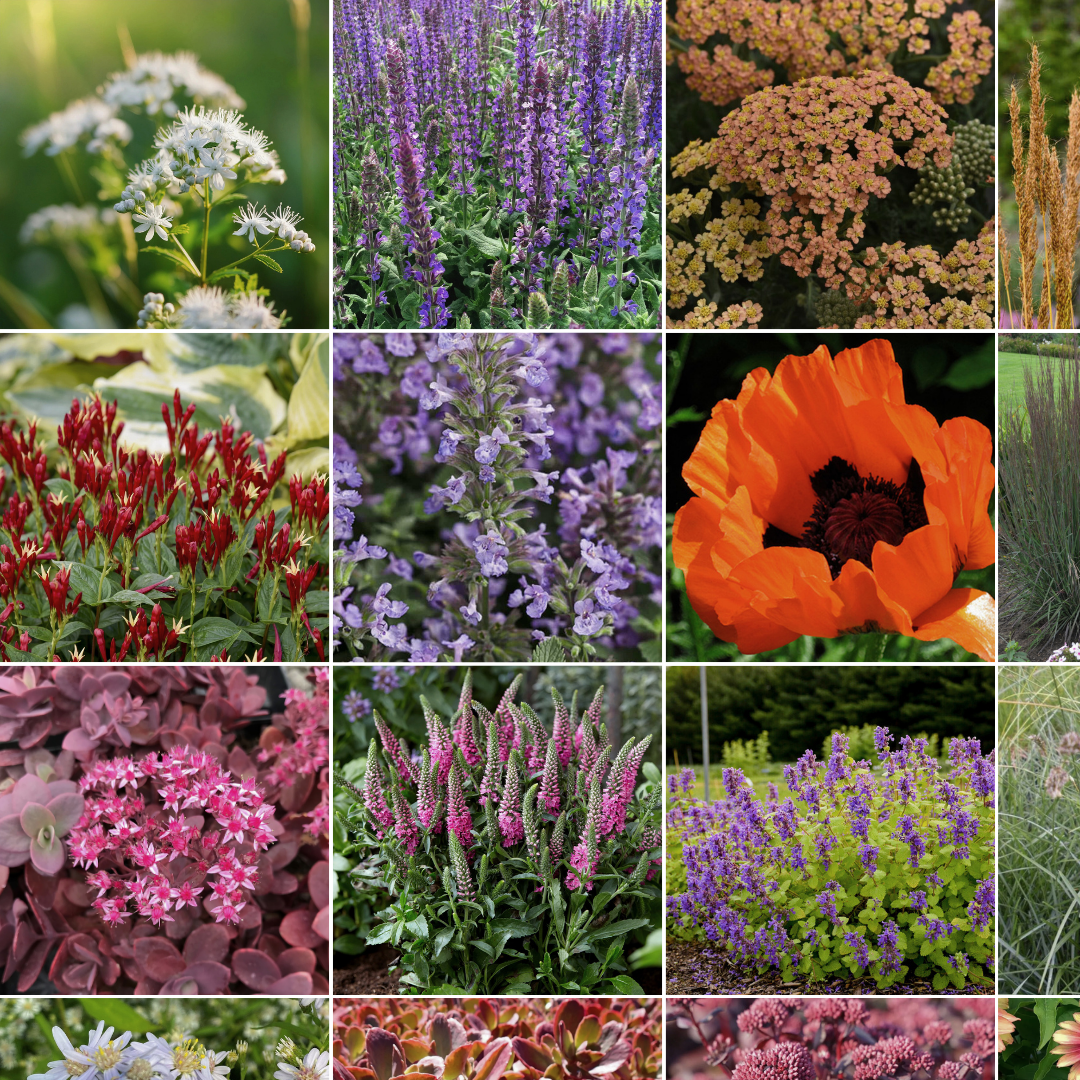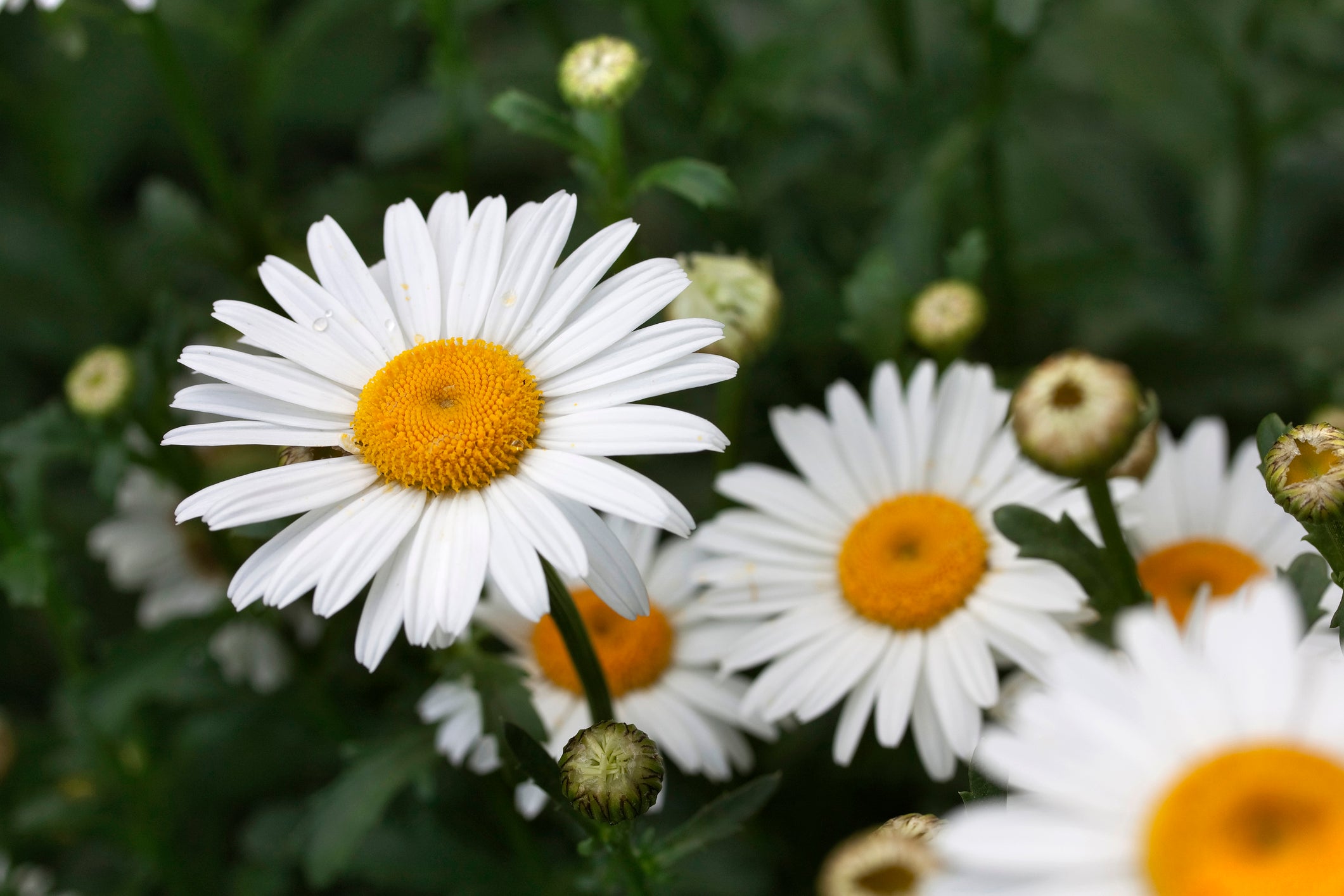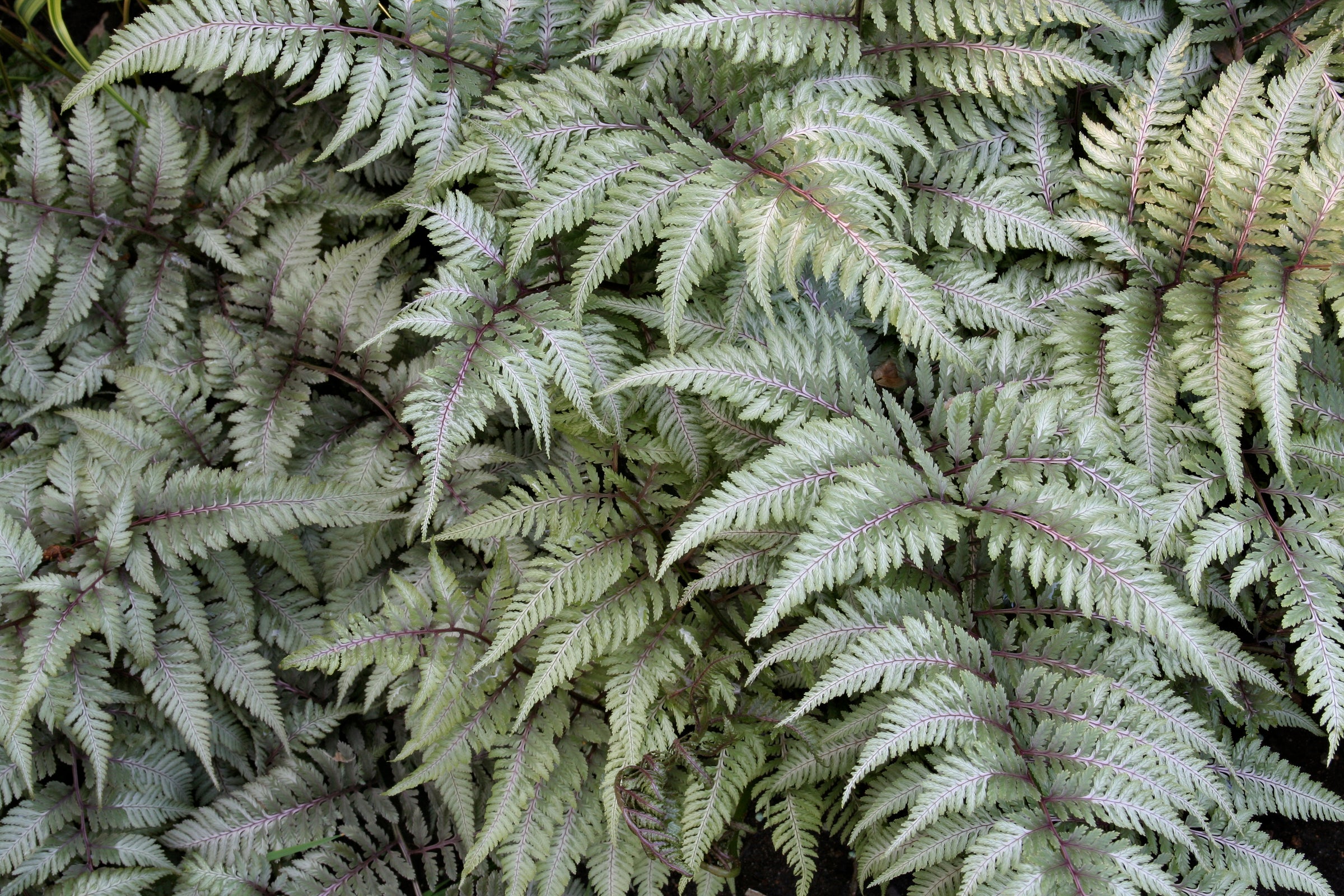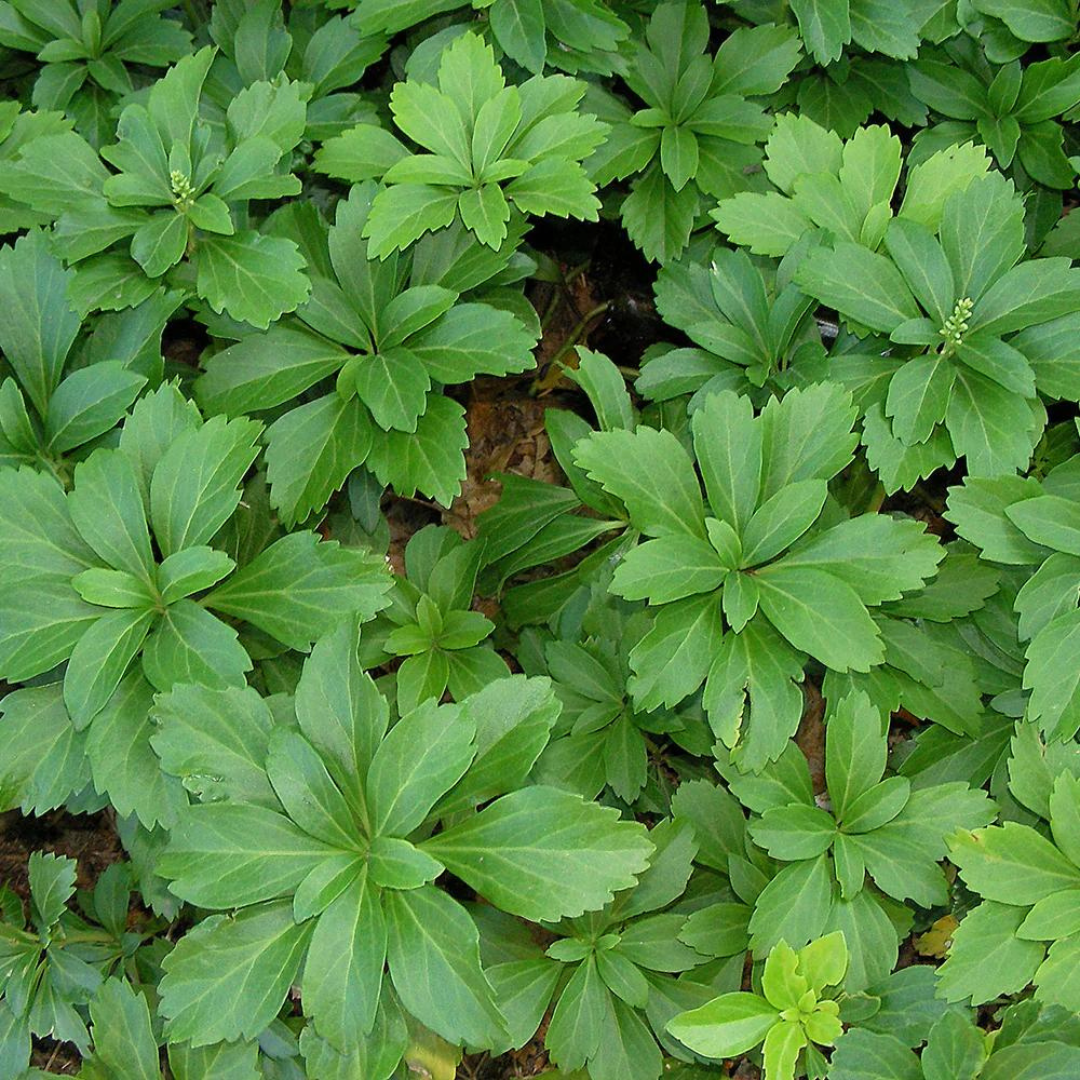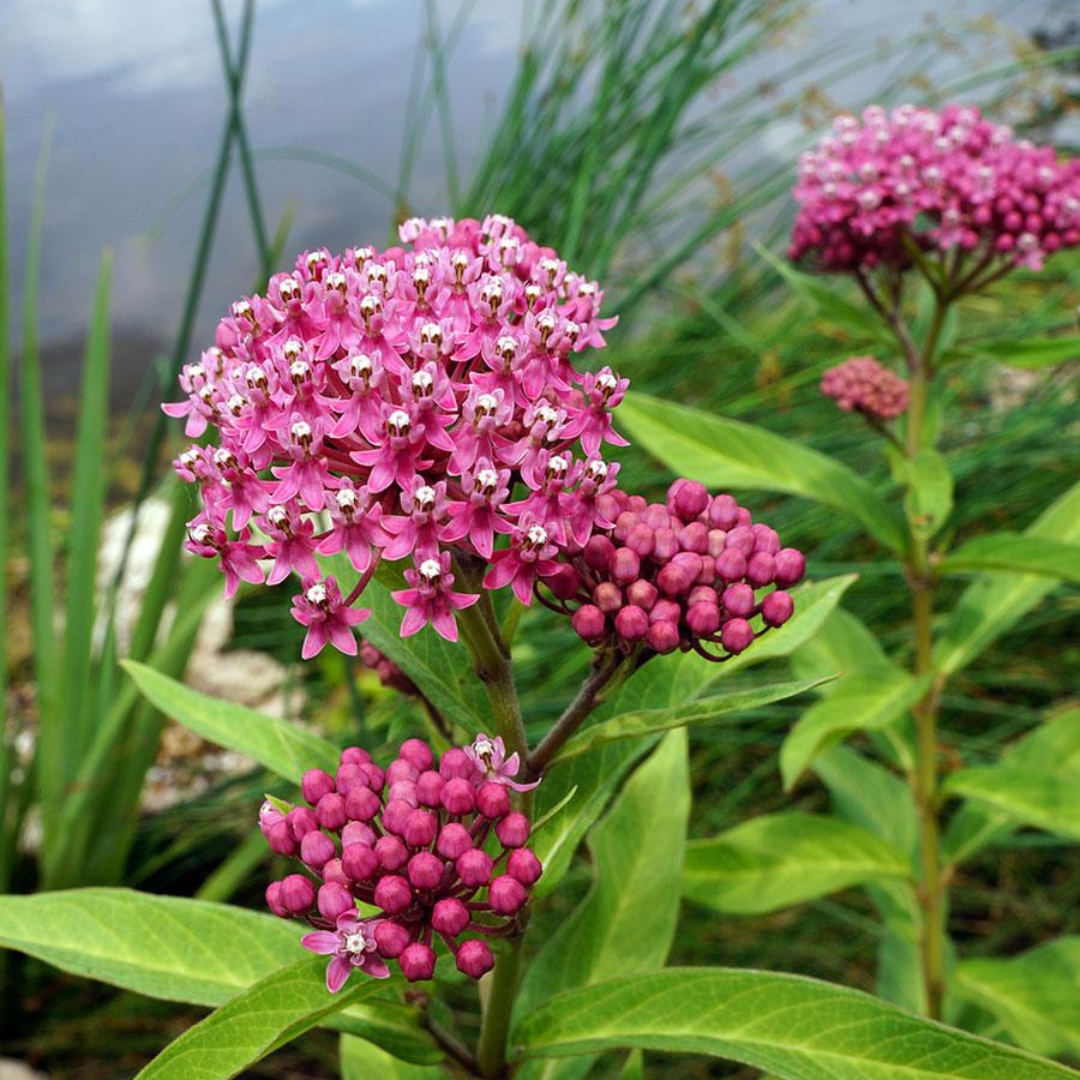
Osmunda 'Cinnamon Fern'
Add to Wishlist Partial Sun
Partial Sun
 Full Shade
Full Shade
 Deer Resistant
Deer Resistant
 Native
Native
 Low Maintenance
Low Maintenance
- In stock, ready to ship
- Backordered, shipping soon
Osmundastrum cinnamomeum: Cinnamon Fern
Dramatic and dynamic, the Cinnamon Fern makes a bold statement in moist, shaded gardens with its tall, arching fronds and distinctive cinnamon-coloured fertile spikes that rise like flames in spring. The fresh green sterile fronds emerge upright and symmetrical, creating a lush, vase-shaped clump that adds structure and softness all at once. Tolerant of wet soils and seasonal flooding, Osmundastrum cinnamomeum thrives in woodland settings, rain gardens, and streamside plantings, offering both native value and ornamental grace.
Plant Characteristics:
- Height: 90–150 cm
- Spread: 75–100 cm
- Flower Colour: None (foliage plant)
- Flowering Period: N/A
- Foliage: Bright green, pinnate fronds with upright fertile spikes in rich cinnamon brown
- Sunlight Requirements: Part shade to full shade
- Soil Requirements: Moist to wet, rich, acidic soil
Uses and Benefits: The Cinnamon Fern excels in damp, shaded sites where few other plants perform as well. It’s ideal for naturalized plantings, boggy borders, and woodland rain gardens, where its large scale and fine texture make it both a backdrop and a focal point. Its fibrous root system also helps control erosion in wet areas. Deer resistant, native, and seasonally striking, it supports habitat gardens while offering bold ornamental appeal.
Companion Plants: Underplant Osmundastrum cinnamomeum with the earthy foliage of Heuchera americana, the soft green leaves and spring flowers of Tiarella cordifolia, and the airy vertical texture of Deschampsia cespitosa. Together, these plants create a moisture-loving woodland tapestry that shifts beautifully through the seasons while supporting biodiversity.
Care Instructions: Keep soil consistently moist—never allow to dry out. Ideal for naturally damp or irrigated areas. Mulch annually with compost or shredded leaves to retain moisture and improve soil structure. Remove old fronds in early spring before new growth emerges. Clumps can be divided in spring if necessary, though plants prefer to be undisturbed.
History: Native to Eastern North America, Osmundastrum cinnamomeum is one of the oldest fern species, with fossil records dating back millions of years. Long used by Indigenous peoples for medicinal and cultural purposes, it remains an ecologically valuable species in wetland and forest ecosystems.
Final Thoughts: Towering, textural, and unmistakably elegant, the Cinnamon Fern brings life and movement to shady, wet spaces. It’s a living link to ancient forests—resilient, graceful, and deeply rooted in the landscape.


